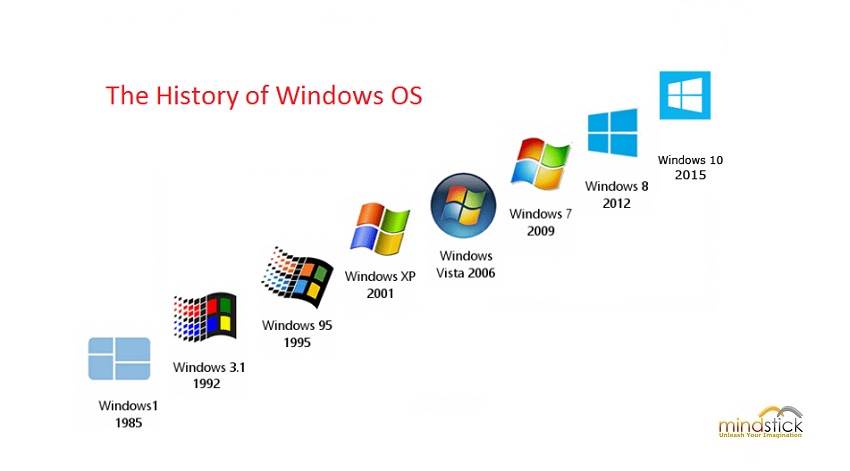Microsoft Windows is the most popular desktop operating system in the world, with over 1 billion users as of 2021. The first version of Windows was released in 1985 and since then, the operating system has undergone numerous changes and upgrades. Let’s take a look at the evolution of Windows over the years.
Windows 1.0 (1985): The first version of Windows was a graphical user interface (GUI) for MS-DOS, which allowed users to navigate their computer using a mouse. It featured basic applications such as Calculator, Notepad, and Paint.
Windows 2.0 (1987): This version introduced the ability to overlap windows and improved memory management. It also introduced support for keyboard shortcuts and expanded the number of applications available.
Windows 3.0 (1990): Windows 3.0 was the first version of Windows to gain widespread popularity, thanks to improved performance and new features such as Program Manager and File Manager. It also introduced support for 16-bit applications and the ability to run multiple programs at the same time.
Windows 95 (1995): Windows 95 was a major milestone for Microsoft, with a completely redesigned user interface and support for long file names. It also introduced the Start menu, Taskbar, and the ability to run 32-bit applications.
Windows 98 (1998): Windows 98 included numerous improvements over its predecessor, including support for USB devices and Internet Explorer 4. It also introduced the Quick Launch toolbar and support for DVD playback.
Windows 2000 (2000): Windows 2000 was aimed at business users, with improvements to networking and security features. It also introduced the Microsoft Management Console and support for Plug and Play devices.
Windows XP (2001): Windows XP was a major upgrade, with a more modern interface and improved stability. It also introduced support for wireless networking and Windows Media Player.
Windows Vista (2006): Windows Vista was met with mixed reviews, with some users criticizing its performance and compatibility issues. It did introduce new features such as the Aero interface and improved security features.
Windows 7 (2009): Windows 7 was well-received, with a streamlined interface and improved performance. It also introduced new features such as Jump Lists and improved support for touchscreens.
Windows 8 (2012): Windows 8 was a significant departure from previous versions of Windows, with a new interface designed for touchscreens. It also introduced the Windows Store and support for ARM-based devices.
Windows 10 (2015): Windows 10 is the latest version of Windows, with a focus on a unified interface across all devices. It also includes new features such as Cortana, Microsoft Edge, and support for virtual desktops.
In conclusion, Windows has come a long way since its inception in 1985. With each new version, Microsoft has introduced new features and improvements to enhance the user experience. Windows 10, the latest version of the operating system, represents a culmination of those efforts and provides a versatile and powerful platform for users of all kinds.

